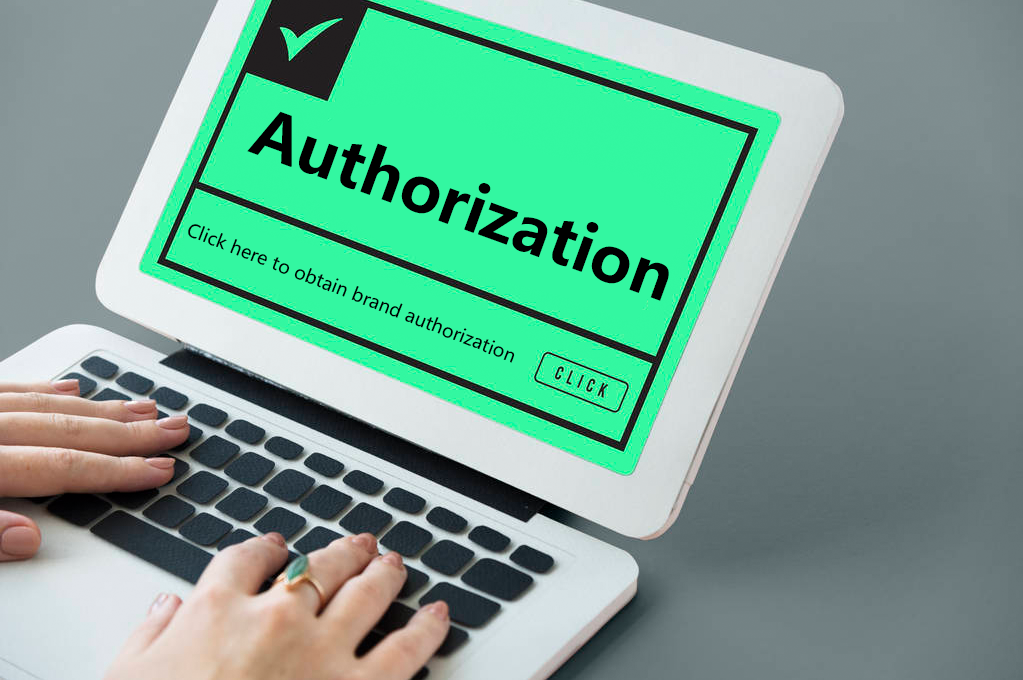If you import clothing from China, brand authorization and intellectual property(IP) are key aspects that must be carefully considered. Importing clothing is not just about ensuring reliable suppliers and negotiating fair prices; It also requires a deep understanding of intellectual property and brand authorization. Ignoring these issues may lead to legal disputes, fines, seizure of goods, and even damage to the company’s reputation. This article can help you understand and manage brand authorization and intellectual property issues when transporting clothing
Understanding Brand Authorization
Overview
Brand authorization refers to the permission granted by a brand owner to another party to use their trademark, logo, design, or other proprietary elements. In the context of garment importing, this usually means having the legal right to manufacture, distribute, or sell branded clothing items. Without proper authorization, importing such goods can infringe on the brand owner’s IP rights and result in legal action.

Importance of Brand Authorization
Confirmation of Legal Rights: Before importing clothing with specific brand labels, it is essential to confirm that you have obtained legitimate authorization for the brand. Importing products bearing another party’s trademark without permission may constitute trademark infringement.
Clear Contract Terms: Ensure that any contract signed with suppliers explicitly details the terms of brand authorization, including the duration, scope, and any limitations on the authorization.
Retention of Authorization Documents: Keep copies of all documents related to brand authorization, such as authorization letters and licensing agreements, so they can be presented to customs or other regulatory bodies if necessary.
Steps to Ensure Proper Authorization
Verify Trademark Ownership
Before engaging with a supplier, verify that they have the legal right to use the trademarks associated with the garments. Request copies of trademark registrations and ensure that the supplier is listed as an authorized licensee or has a sublicense agreement that allows them to produce and sell the branded products.
Obtain Written Authorization
Always obtain written authorization from the brand owner. This document should clearly outline the scope of the authorization, including the geographic regions where the goods can be sold, the duration of the agreement, and any restrictions on the use of the brand name or logo.
Conduct Due Diligence
Perform due diligence on the supplier to ensure they have a good track record and are known for producing authentic, high-quality products. Check for any past instances of IP infringement and verify that the supplier complies with all relevant laws and regulations.

Intellectual Property Concerns
Respect Copyrights and Designs
Be aware that designs, patterns, and artwork used on garments may be subject to copyright protection. Ensure that the supplier has the right to reproduce these elements and that you have permission to import and sell items featuring copyrighted content.
Patent Compliance
Some garment-related technologies, such as specialized fabric treatments or innovative stitching methods, may be patented. Verify that the garments do not infringe on existing patents and that the supplier has the necessary permissions to incorporate patented technologies into the products.
Combat Counterfeiting
Counterfeit goods pose a significant threat to legitimate businesses and consumers alike. Work with suppliers who implement anti-counterfeiting measures, such as holographic labels or unique serial numbers, to ensure that the garments you import are genuine.
Strategies for Addressing IP Issues
Due Diligence: Conduct thorough due diligence before entering into business relationships with suppliers, including reviewing their historical records and customer feedback.
Legal Consultation: Consult with professional legal advisors if uncertain about compliance, ensuring your actions adhere to relevant laws and regulations.
Risk Transfer: Include clauses in contracts regarding liability for IP infringement, specifying which party is responsible if an infringement occurs.
Ongoing Monitoring: Even after initiating imports, regularly monitor the market for new IP conflicts and adjust strategies accordingly.

Best Practices for IP Protection and Brand Authorization
Educate Yourself and Your Team
Stay informed about changes in IP laws and regulations both in China and in your home country. Training your team on the importance of IP protection can help prevent accidental infringements.
Work with Legal Counsel
Consult with a lawyer who specializes in international trade and IP law. They can provide guidance on drafting contracts, resolving disputes, and navigating complex legal frameworks.
Monitor and Enforce Rights
Regularly monitor the market for unauthorized uses of your brand or IP. If you discover counterfeit products or unauthorized sales, take swift action to enforce your rights and protect your brand’s integrity.
Brand authorization and intellectual property considerations are integral to the success of importing garments. By taking proactive steps to verify authorization, respect IP rights, and combat counterfeiting, businesses can safeguard their investments and maintain consumer trust. Engaging with knowledgeable partners and maintaining vigilance in protecting IP assets are key strategies for ensuring compliance and avoiding legal pitfalls in the competitive landscape of garment importing.
I hope this article can help you avoid some unnecessary trouble. If you have any logistics needs, you can お問い合わせ directly and we will definitely provide you with a satisfactory solution

